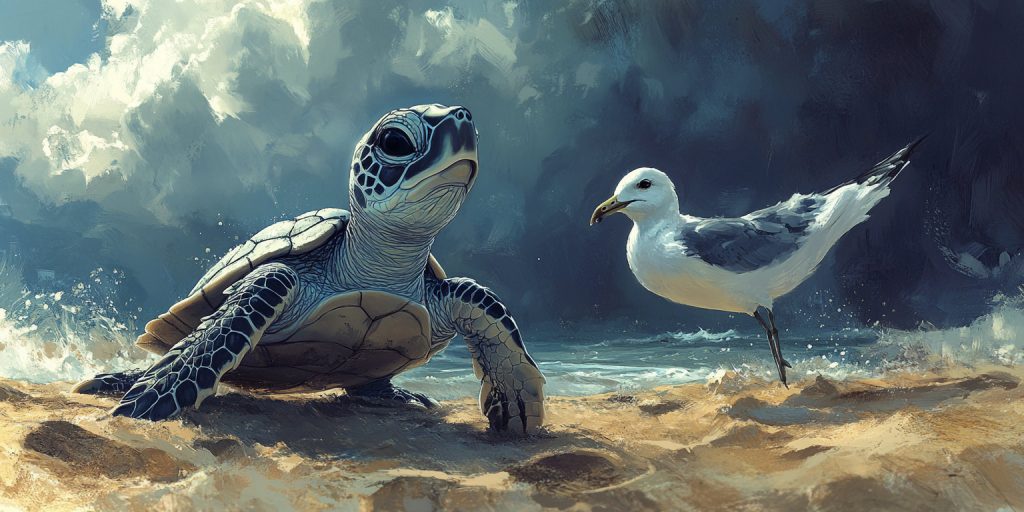Why do only 1 in 1000 Sea Turtles survive?

Nature’s Gamble: The Startling Survival Rate of Sea Turtles
Sea turtles are among the most fascinating and ancient marine creatures, with a lineage that dates back over 100 million years. However, their survival today paints a grim picture—only 1 in 1000 baby sea turtles make it to adulthood. These alarming statistics reveal the fragile balance these creatures face in the wild. From natural predators to human-induced threats, the life of a sea turtle is one of constant struggle.
Let’s explore why their survival rate is so low, how many sea turtles remain in the wild today, and uncover a few lesser-known truths about their early life stages.
The Sobering Reality: Why Do Only 1 in 1000 Sea Turtles Survive?
Sea turtles face extraordinary odds from the moment they hatch. Female turtles lay hundreds of eggs at once, ensuring at least a fraction might survive. But survival is a lottery, and most hatchlings never even reach the ocean.
Returning to the scene of the crime

Here’s a breakdown of the challenges they face:
- Predators at Birth: Eggs and hatchlings are highly vulnerable to predators like crabs, raccoons, and birds. Once they emerge, the short crawl to the sea is a gauntlet.
- Natural Hazards in the Ocean: Those lucky enough to reach the water encounter predators like fish and sharks, with limited instincts to evade them.
- Human Activities: Pollution, boat strikes, and accidental bycatch in fishing nets drastically reduce their chances. Coastal development and light pollution also disorient hatchlings, leading them away from the sea.
- Climate Change: Rising sea levels and warming sands (which affect the gender of hatchlings) further threaten sea turtle populations.
The low survival rate is not just a natural occurrence but a byproduct of increased human activity and environmental change.
How Many Sea Turtles Are Left in the World in 2024?
Sea turtles exist in seven species, all of which face threats ranging from vulnerable to critically endangered. Here’s a snapshot of their current population estimates:
- Leatherback Sea Turtles: Approximately 34,000 to 36,000 nesting females are left.
- Green Sea Turtles: Around 85,000 nesting females globally.
- Loggerhead Sea Turtles: Estimated at 50,000 nesting females.
The combined numbers of all species still amount to a mere fraction of what existed a century ago. Conservation efforts, such as marine protected areas and international agreements, are essential to prevent further decline.
Do Baby Sea Turtles Ever Find Their Moms?
Sea turtles are independent creatures from the moment they hatch. Unlike mammals, sea turtles don’t receive care or guidance from their mothers. Once the eggs are laid and covered in sand, the female turtle leaves them to incubate on their own.
Despite this, hatchlings are born with an extraordinary instinct: they rely on environmental cues like the moonlight and ocean waves to find their way to the water. This innate survival strategy is a testament to nature’s brilliance, but it’s not enough to combat the numerous challenges they face.
What Can We Do to Help Sea Turtles Survive?
Protecting sea turtles requires a collective effort. Simple changes in behavior and supporting conservation initiatives can make a significant difference.
Actionable Steps to Protect Sea Turtles:
- Reduce Plastic Waste: Plastic pollution is a leading threat to sea turtles, as they often mistake debris for food.
- Support Conservation Programs: Donations and volunteer work for organizations focused on sea turtle conservation can save lives.
- Respect Nesting Sites: Avoid disturbing nesting areas during hatching seasons.
- Practice Responsible Tourism: Choose eco-friendly options and avoid activities that disrupt their habitats.

